Advanced Portfolios – What Cryptocurrencies Can You Find in the Premade Templates?
For the first time, Advanced Portfolios brings you the option to create your own crypto portfolios that adapt to your investment goals and preferences. For those who prefer a simpler approach, our platform provides premade templates created by our team of experts.
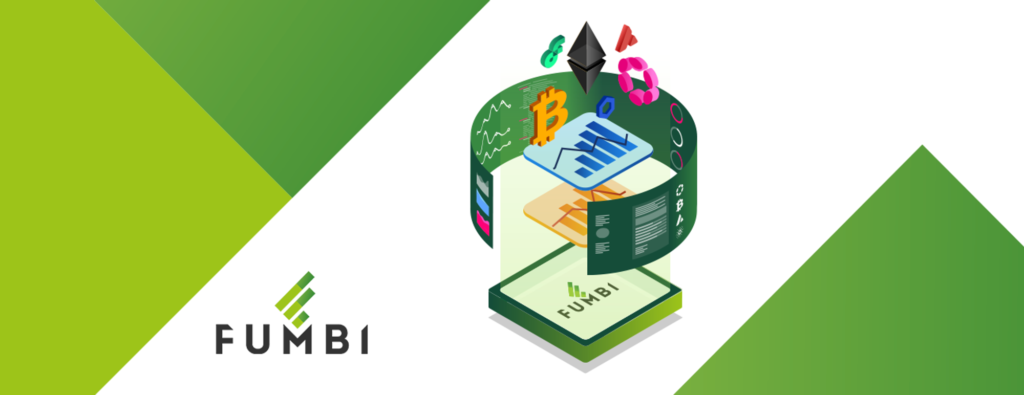
Individual templates focus on different areas and ecosystems within the world of crypto, providing customers with a wide selection of over 70 top cryptocurrencies. Moreover, you can customise these templates and set different ratios of cryptocurrencies or the regularity of their rebalancing.
Our product, Advanced Portfolios is designed to give you more flexibility and freedom to choose and purchase cryptocurrencies that meet your requirements.
Familiarise yourself with the premade templates and the cryptocurrencies they are composed of.
Risk-Averse Portfolio
A two-component portfolio consisting of the two most popular cryptocurrencies on the market – Bitcoin and Ethereum. In terms of risk, this is the least volatile portfolio with high growth and technological potential. Investing in this portfolio combines the power and potential of a new decentralised payment system and the largest smart contract platform, which is the essential foundation of the most popular DeFi apps and NFT collections.
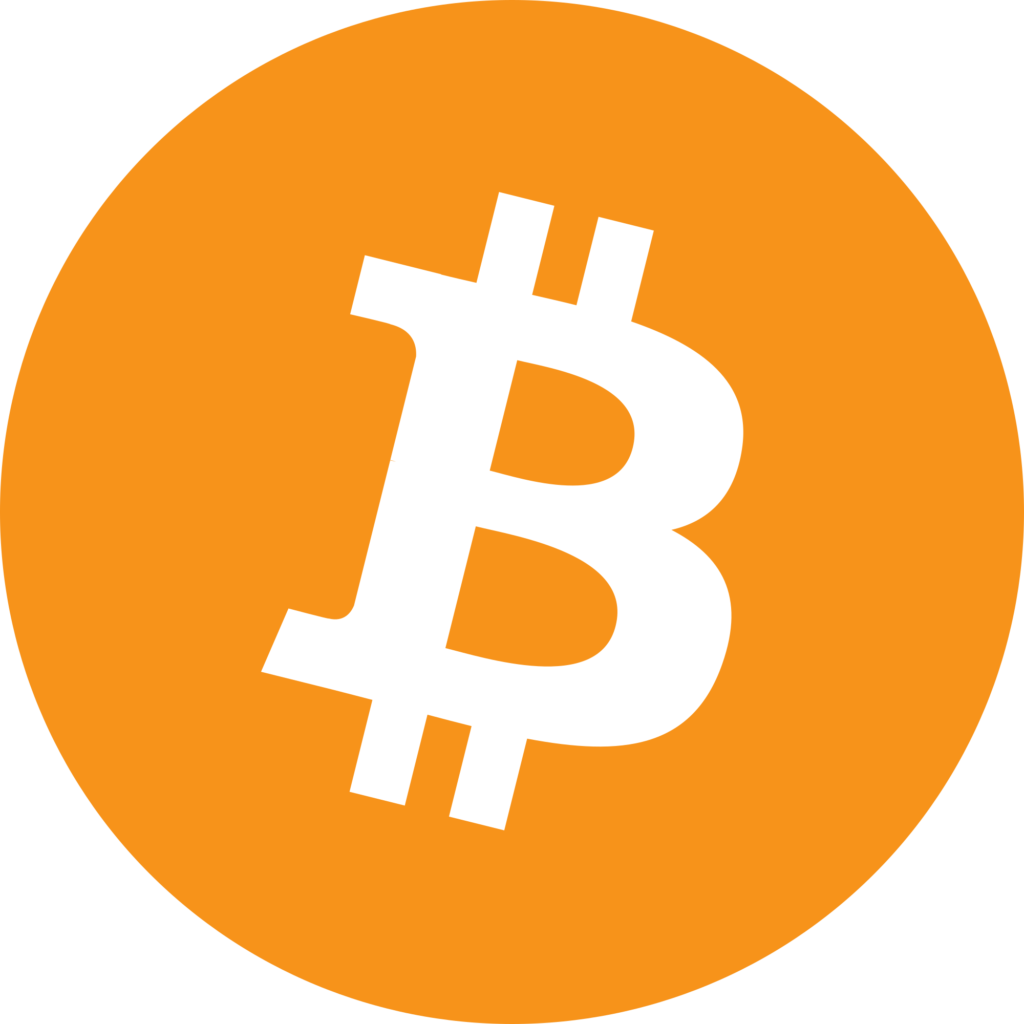
Bitcoin is the oldest, best-known and most popular cryptocurrency on the market. Bitcoin boasts the most decentralised and robust network. Its code is completely open-sourced.
Ethereum is an open platform that allows developers to deploy decentralised applications and so-called smart contracts that run on the Ethereum blockchain. It is currently the largest and most popular smart contract platform with the most widespread ecosystem of decentralised apps.
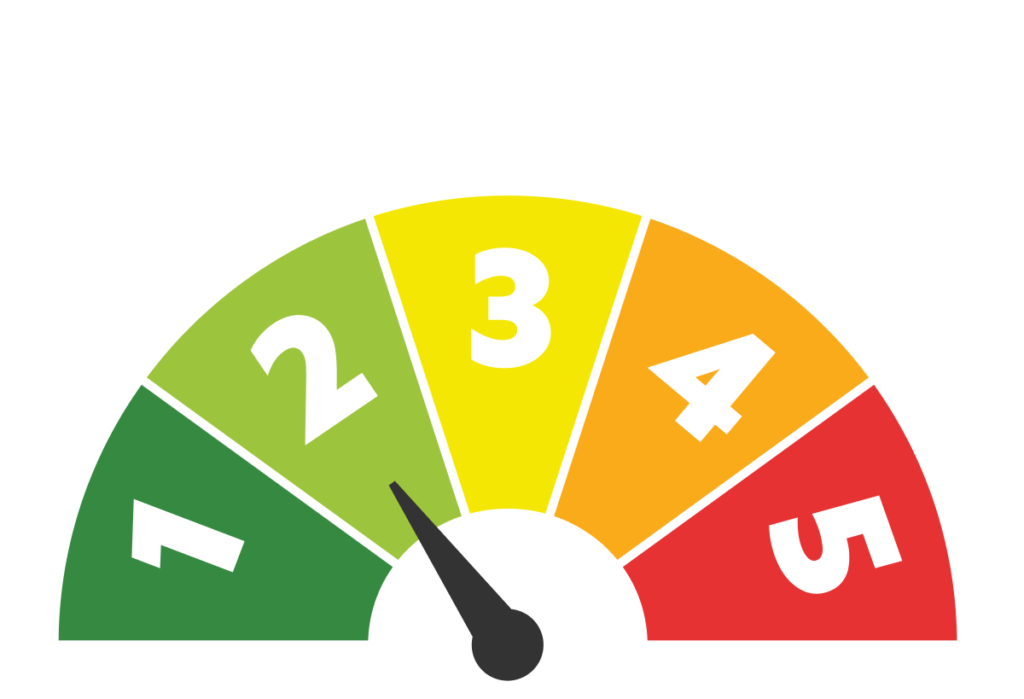
Degree of risk – 2
Moderate risk
Investors are willing to accept a higher level of risk than with a risk minimisation strategy in exchange for the possibility of achieving higher returns. It is likely that the value of an investment in this category will not fluctuate as sharply as in higher-risk strategies.
Layer-one Portfolio
A portfolio consisting of 8 tier 1 cryptocurrencies that form the basis for the decentralised finance sector and NFTs. This portfolio is made up of Ethereum as well as its largest competitors. Each of these platforms has its own specifics and approaches in terms of smart contracts, security or scalability, which makes this portfolio optimally diversified and covers most of the technological conveniences of tier-one blockchains.
Ethereum is an open platform that allows developers to deploy decentralised applications and so-called smart contracts that run on the Ethereum blockchain. It is currently the largest and most popular smart contract platform with the most widespread ecosystem of decentralised apps.
Avalanche is an open-source platform aimed at launching decentralised applications and creating a comprehensive ecosystem of so-called subnets that can work together.
Cardano is a smart contract platform that is considered a third-generation platform and an updated version of Ethereum. It uses the Ouroboros algorithm, which eliminates the need for energy-intensive Proof-of-Work mining.
Polkadot is a layer-zero technology that creates a network of application-specific blockchains. This enables smart contract applications to scale much better than competing blockchains.
It is a network of many independent blockchains called zones. These zones are powered by Tendermint BFT technology which provides a high-performance, consistent, and secure protocol. From a technological point of view, Cosmos is referred to as a Layer-0 blockchain.
Flow is a blockchain designed specifically for games and digital collectables, providing fast and low-cost transactions. Flow also features upgradeable smart contracts, allowing smart contracts to be deployed in beta and then enhanced or fixed before being finalised and made immutable.
Algorand is a popular smart contract platform that aims to challenge Ethereum with its more scalable blockchain and Proof-of-Stake algorithm. Algorand is currently considered one of the most ecological blockchains.
Near Protocol NEAR
NEAR is a decentralised development platform designed to provide the ideal environment for decentralised applications. NEAR uses a technology known as Nightshade, where transactions are processed in parallel across multiple sharded chains to improve network scalability.
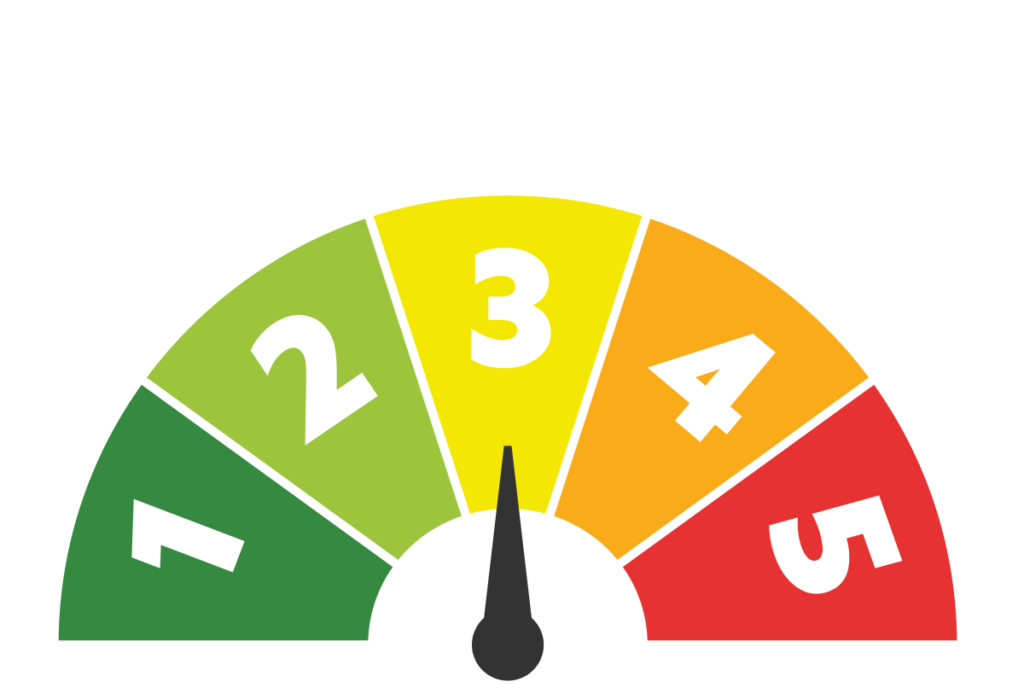
Degree of risk – 3
Open to Risk
Investors are willing to accept higher volatility in exchange for potentially higher returns over the medium to long term. The value of these investments may fluctuate more rapidly over the short term than less risky strategies.
Defi Portfolio
A diversified portfolio made up of tokens from the most popular apps in the world of decentralised finance. The portfolio features a combination of tokens from decentralised exchanges, lending platforms and other important applications from the DeFi sector.
Ethereum is an open platform that allows developers to deploy decentralised applications and so-called smart contracts that run on the Ethereum blockchain. It is currently the largest and most popular smart contract platform with the most widespread ecosystem of decentralised apps.
Curve Dao Token CRV
The Curve Dao Token is the native token of the Curve decentralized exchange, which uses an automated market maker (AMM) system to manage liquidity. It is currently the largest decentralized exchange dedicated to the exchange of stablecoins, operating on more than 10 blockchains.
Thorchain RUNE
Thorchain is a decentralised protocol that allows users to swap assets across different blockchains. It provides this solution in the form of a decentralised exchange (DEX) based on the Cosmos Software Development Kit (SDK).
Aave is one of the top decentralised lending platforms that allows users to lend their crypto assets in a non-custodial fashion. Aave uses a system of smart contracts to automate processes related to the loan, collateral or fees.
Decentralised Oracle service that provides data for smart contracts across different ecosystems. It is one of the most important components not only in the DeFi space but in smart contracts in general.
Uniswap is the largest and most renowned decentralised exchange in the DeFi sector. UNI serves as a governance token through which users can decide on certain protocol parameters.
LIDO DAO LDO
A project aimed at providing so-called liquid staking for Ethereum as well as for other assets. Lido allows users to stake their coins with no minimum deposit and without having to lock their assets for a certain period of time.
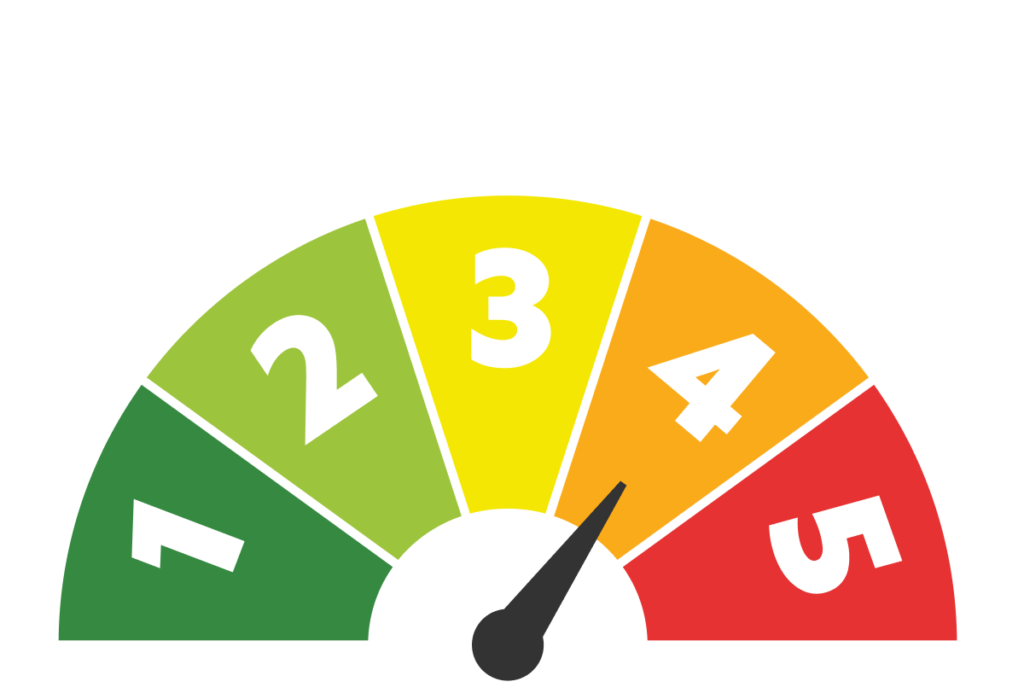
Degree of risk – 4
Risk strategy
This investment is considered risky and is suitable for investors with an appetite for risk. The value of the investment may fluctuate significantly over the short term, and there is an increased risk of capital loss compared to less risky strategies. However, the reward for risk-taking may be higher returns.
NFT & Metaverse Portfolio
A portfolio that combines the most popular and well-liked tokens focused on the non-fungible tokens (NFTs) and Metaverse ecosystems. These two areas play an essential role in the new version of Web 3.0, which is why they have enjoyed tremendous popularity in recent years.
Ethereum is an open platform that allows developers to deploy decentralised applications and so-called smart contracts that run on the Ethereum blockchain. It is currently the largest and most popular smart contract platform with the most widespread ecosystem of decentralised apps.
Polygon is a so-called 2nd Layer technology that helps to scale up Web 3 applications and is implemented in various DeFi protocols.
Decentraland MANA
Decentraland is building a decentralised, blockchain-based virtual world for users to create, experience and monetise content and applications. It is primarily built on the Ethereum blockchain, and it is one of the first virtual worlds using blockchain to track ownership of virtual goods. MANA is Decentraland´s native cryptocurrency.
The Sandbox SAND
The Sandbox is a play-to-earn blockchain game that allows players to build a virtual world using non-fungible tokens (NFTs) on the Ethereum blockchain. Players can design their own avatars to access the different games, environments, and hubs on The Sandbox metaverse. The SAND token is the native token of The Sandbox, and It is used as the basis of all transactions and interactions in the game.
Flow is a blockchain designed specifically for games and digital collectables, providing fast and low-cost transactions. Flow also features upgradeable smart contracts, allowing smart contracts to be deployed in beta and then enhanced or fixed before being finalised and made immutable.
ImmutableX IMX
A Layer-2 scaling solution on Ethereum designed specifically for non-fungible tokens (NFTs). By leveraging Zero-Knowledge Technology, IMX solves some of Ethereum’s limitations, such as low scalability or high fees.
Axie Infinity AXS
Axie Infinity is a blockchain-based trading and battling game that is partially owned and operated by its players. Each character in the game is represented by a non-fungible token (NFT) with different in-game attributes.
Filecoin FIL
Filecoin is the largest blockchain project focused on decentralised storage. It was also one of the biggest ICOs in history when the project raised over $200 million in its ICO.

Degree of risk – 4
Risk strategy
This investment is considered risky and is suitable for investors with an appetite for risk. The value of the investment may fluctuate significantly over the short term, and there is an increased risk of capital loss compared to less risky strategies. However, the reward for risk-taking may be higher returns.
Adventurous Portfolio
A portfolio consisting of relatively young and emerging projects with lower market capitalisation and high growth potential. This portfolio is classified as a higher-risk portfolio and is, therefore, particularly suitable for investors with an appetite for risk.
Mina protocol is considered the World’s Lightest Blockchain. Due to its unique architecture using zero-knowledge technology, the Mina blockchain has a constant size – 22 kilobytes. Mina uses cryptographic proofs, also known as zk-SNARKS, to create an optimal blockchain architecture that will allow anyone to run their own node.
Internet Computer ICP
Internet Computer, formerly Dfinity, is another Ethereum challenger that focuses on scaling Web 3.0 without compromising on security or decentralisation.
Thorchain RUNE
Thorchain is a decentralised protocol that allows users to swap assets across different blockchains. It provides this solution in the form of a decentralised exchange (DEX) based on the Cosmos Software Development Kit (SDK).
Optimism OP
Optimism is a layer-two scaling solution on Ethereum that uses a technology called Optimistic Rollups to help increase the speed of transactions on Ethereum without sacrificing decentralisation and security.
Arweave AR
Arweare is a decentralised protocol aimed at data storage. The project connects users who need to store their data with those who have extra storage space. In November 2022, Arweare partnered with Meta on data storage for NFTs on Instagram.
Secret Network is an innovative blockchain network that offers highly scalable permissionless smart contracts (so-called permissionless smart contracts) with built-in privacy, bringing new possibilities for application development that are not possible on other public blockchains.
LIDO DAO LDO
A project aimed at providing so-called liquid staking for Ethereum as well as for other assets. Lido allows users to stake their coins with no minimum deposit and without having to lock their assets for a certain period of time.
Ethereum Name Service ENS
The equivalent of the internet’s Domain Name Service (DNS), which assigns addresses on the Internet. However, ENS runs on the Ethereum blockchain and allows users to convert their addresses to simple domains.
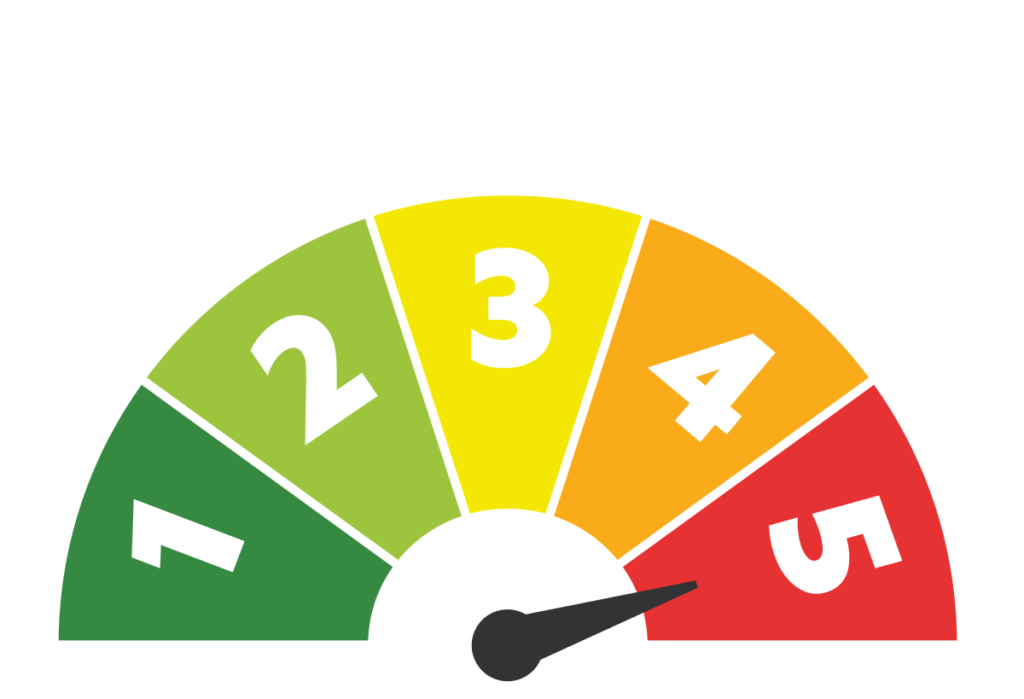
Degree of risk – 5
Aggressive strategy
A strategy associated with high risk and investing in new and emerging projects. Investors in this strategy are prepared to accept significant short-term fluctuations and the potential risk of failure in order to increase potential returns over the long term.
AI Portfolio
An Innovative Portfolio made up of leading cryptocurrencies focused on the use and development of artificial intelligence, representing a huge advancement in the development and application of artificial intelligence into practice.
Render Token RNDR
Render is a platform that allows users to contribute unused GPU power from their home devices to help projects render motion graphics and visual effects. In exchange, they receive a Render Token (RNDR), the native token of the Render Network.
Fetch.ai FET
Fetch.ai is a cryptocurrency that specialises in artificial intelligence and machine learning on the blockchain. Its main goal is to enable autonomous interaction between different digital entities, which includes, for example, IoT (Internet of Things) devices.
The Graph (GRT)
An indexing protocol for decentralized applications that enables efficient access to data stored on the blockchain. Anyone can create public APIs called Subgraphs that provide easy and efficient data accessibility.
Bittensor (TAO)
A decentralized blockchain network that focuses on creating, training, sharing, and trading Artificial Intelligence (AI) and Machine Learning (ML) models. The protocol allows AI developers to share their models and computational resources, earning rewards in the form of TAO tokens. Thanks to blockchain technology, the entire network is secure, transparent, and open to anyone who wants to get involved in AI development.

Degree of risk – 4
Risk strategy
This investment is considered risky and is suitable for investors with an appetite for risk. The value of the investment may fluctuate significantly over the short term, and there is an increased risk of capital loss compared to less risky strategies. However, the reward for risk-taking may be higher returns.
Meme Coins Portfolio
A Portfolio made up of the most well-known “meme cryptocurrencies” on the market that have been created based on humour and a strong community and are often associated with current internet memes and trends. This portfolio consists of memecoins, which have gained immense popularity and support from a wide range of fans.
Dogecoin DOGE
Dogecoin (DOGE) is a popular meme cryptocurrency that was created as a joke response to the emergence of cryptocurrencies. Its symbol is the dog breed Shiba Inu from the popular meme. Dogecoin has also become significantly popular thanks to Elon Musk, who has repeatedly promoted it on the social network Twitter. Today, Dogecoin is the most famous meme coin on the market.
Shiba Inu SHIB
Shiba Inu is a popular memecoin modelled after the Japanese dog breed Shiba Inu. The project was created by an anonymous founder with the pseudonym Rioshi and is run entirely by the user community.
Pepe PEPE
PEPE is a meme cryptocurrency created on the Ethereum blockchain created as an homage to an internet meme called “Pepe the Frog”. The project aims to compete with other meme coins such as Dogecoin or Shiba Inu. Pepe has grown significantly in popularity over the past few months, and its price has increased by thousands of percent. However, it should be added that the project itself points out that it is purely a meme coin with no utility or intrinsic value.
Floki FLOKI
The Floki cryptocurrency is a digital currency created based on the internet phenomenon around a Shiba Inu dog named Floki. Its name was inspired by this popular dog breed. Floki gained popularity due to its community interest and plans to create its own game, a decentralised exchange and NFT marketplace. However, it should be added that like other meme cryptocurrencies, FLOKI is a meme cryptocurrency and its value and success are often influenced by the community and social networks.

Degree of risk – 5
Aggressive strategy
A strategy associated with high risk and investing in new and emerging projects. Investors in this strategy are prepared to accept significant short-term fluctuations and the potential risk of failure in order to increase potential returns over the long term.
Layer – Two Portfolio
A portfolio made up of Layer-Two cryptocurrencies that offer scalable and efficient solutions for blockchains, improving their performance and creating new opportunities in transactions and applications.
Polygon is a layer-2 technology that helps scale Web 3 applications and is implemented in several DeFi applications.
Optimism OP
Optimism is a layer-2 scaling solution on Ethereum that uses a technology called Optimistic Rollups to help increase the speed of transactions on Ethereum without sacrificing decentralisation and security.
Arbitrum ARB
Arbitrum is a layer-2 (L2) solution on the Ethereum network designed to increase the speed and scalability of the underlying blockchain. Arbitrum is currently Ethereum’s largest scaling solution in terms of number of transactions, number of applications, and total locked value (TVL).
Immutable IMX
A layer-2 scaling solution on Ethereum designed specifically for non-fungible tokens (NFTs). By leveraging Zero-Knowledge Technology, IMX solves some of Ethereum’s limitations, such as low scalability or high fees.
Loopring LRC
Loopring is a layer-2 scaling solution on top of the Ethereum network that aims to increase the speed and reduce the cost of transactions on the Ethereum network. Loopring uses Zero-Knowledge Proof technology to aggregate multiple transactions into a single transaction sent to the main blockchain.

Degree of risk – 4
Risk strategy
This investment is considered risky and is suitable for investors with an appetite for risk. The value of the investment may fluctuate significantly over the short term, and there is an increased risk of capital loss compared to less risky strategies. However, the reward for risk-taking may be higher returns.
Real-World Assets Portfolio
A portfolio made up of four of the largest real-world asset tokenization projects. For example, it can be the tokenization of real estate, securities or stocks, which are transferred to the blockchain and represented by tokens.
Ondo ONDO
Ondo Finance is currently the largest project in terms of market capitalization that focuses on so-called RWAs (Real-World Assets). The project focuses on the tokenization of securities from the traditional financial world, which it transfers to the blockchain, thus trying to bring real financial products to the DeFi sector and increase the diversification of investment opportunities.
Mantra OM
Mantra is a Layer 1 (L1) blockchain focused on real-world assets (RWAs). This means that the project enables real assets such as real estate, commodities or equities to be linked to the blockchain, making these assets more transparent and easier to trade. Mantra aims to make RWAs more accessible to a wider range of investors and to make their trading more efficient.
Pende PENDLE
Pendle is a decentralized platform that enables the tokenization of returns from various cryptoassets. The project splits each token into two parts, referred to as a yield token and a principal token, allowing investors to manage different trading strategies while giving them more control over their assets. The project has also expanded into the RWA world by introducing a product that uses MakerDAO Boosted Dai Savings (sDAI) or Flux Finance’s fUSDC stablecoin, both of which generate returns from traditional financial products.
Polymesh POLYX
POLYX is a first-layer blockchain that focuses on so-called security tokens. The project allows companies and institutions to easily and efficiently create, manage and trade tokenized securities such as stocks, bonds and real estate. Unlike most blockchains, Polymesh has a mandatory identity verification process in place, whereas in the world of regulated securities, a verified identity of a market participant is a critical requirement.

Degree of risk – 5
Aggressive strategy
A strategy associated with high risk and investing in new and emerging projects. Investors in this strategy are prepared to accept significant short-term fluctuations and the potential risk of failure in order to increase potential returns over the long term.
Gaming Portfolio
The portfolio focuses on gaming projects from the world of cryptocurrencies, offering players the opportunity for entertainment and earning through blockchain technology. According to data, the gaming sector is a continuously growing field, currently reaching a size of up to $280 billion. The gaming industry on blockchain is still in its early stages but undoubtedly holds great potential.
Immutable X IMX
Currently, the largest cryptocurrency focused on developing games on the blockchain. This project is behind popular games like Gods Unchained and Guild of Guardians, which have captivated hundreds of thousands of players and investors worldwide.
Notcoin NOT
A play-to-earn token designed for use in games integrated into the Telegram app. In these games, players can earn tokens by tapping on virtual coins and completing various tasks.
Gala Gsames GALA
Gala is a gaming platform that utilizes blockchain technology for creating and managing games with a focus on decentralization. This project supports game developers and players, providing them with the opportunity to own and manage gaming assets using the GALA cryptocurrency. The project’s goal is to become the largest Web3 gaming ecosystem capable of competing with the world’s leading gaming companies.
BEAM
BEAM serves as the native crypto asset for the Beam network, a gaming network supported by the Beam DAO organization. Beam is an ecosystem where players and developers come together to shape the future of the gaming industry. One of its core components is Beam SDK, a flexible software development kit that allows game developers to choose from various tools to enhance and structure their elements in blockchain-based games.
Axie Infinity EXS
Axie Infinity is a strategic game utilizing blockchain technology, partially owned and managed by the players themselves. Each character in the game represents a non-fungible token (NFT) with unique gaming attributes.
Multivers X EGLD
A modern blockchain platform designed to enable high scalability, low fees, and extremely fast transactions. This cryptocurrency was originally known as Elrond and serves as a robust foundation for decentralized applications (dApps), enterprise solutions, and the development of the metaverse ecosystem. The network’s native token, EGLD, is used for staking, paying fees, and network governance.

Template Risk Level – 5
Aggressive Strategy
A strategy associated with high risk and investing in new and emerging projects. Investors following this strategy are prepared to accept significant short-term fluctuations and potential risks of failure to increase potential long-term returns.
Degree of risk
1 – Risk minimisation strategy
Investors accept the lowest possible level of risk. The returns and volatility of these investments are likely to be lower compared to riskier strategies.

2 – Moderate risk
Investors are willing to accept a higher level of risk than with a risk minimisation strategy in exchange for the possibility of achieving higher returns. It is likely that the value of an investment in this category will not fluctuate as sharply as in higher-risk strategies.
- Risk – Averse Portfolio

3 – Open to Risk
Investors are willing to accept higher volatility in exchange for potentially higher returns over the medium to long term. The value of these investments may fluctuate more rapidly over the short term than less risky strategies.
- Layer-one Portfolio
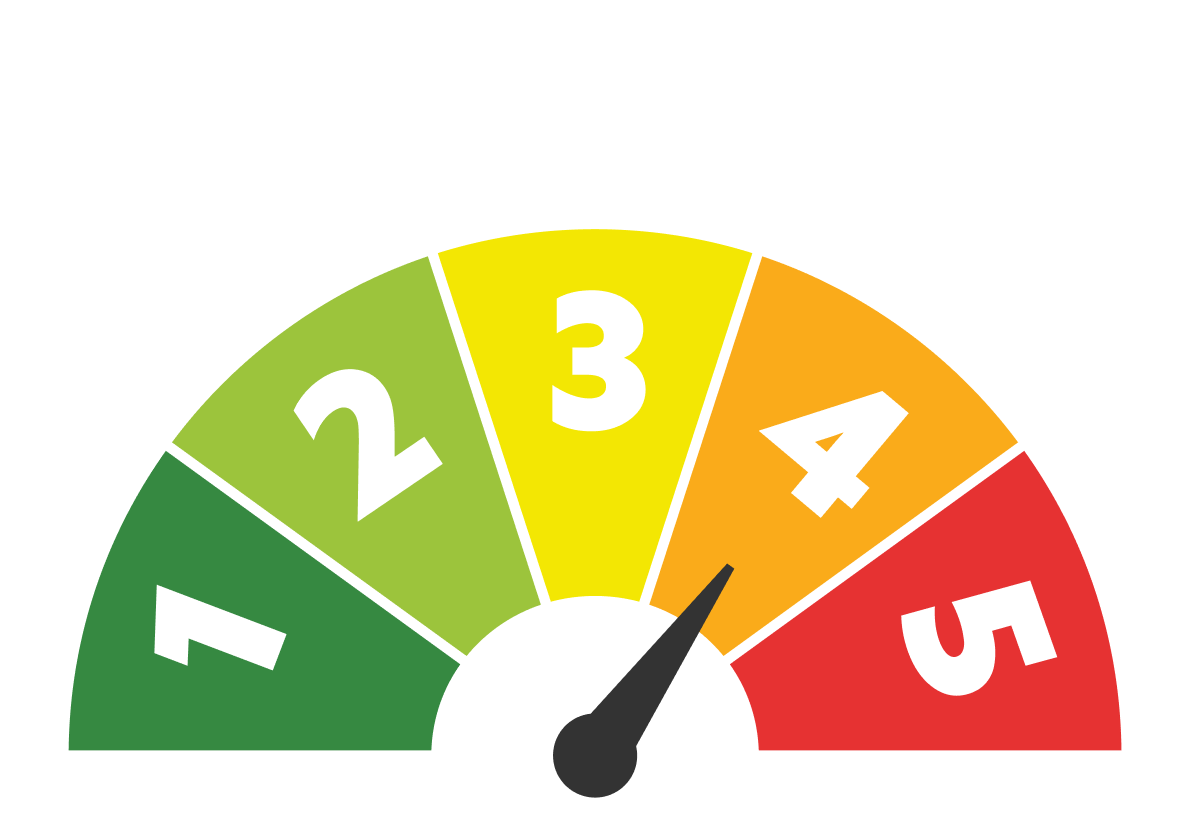
4 – Risk strategy
This investment is considered risky and is suitable for investors with an appetite for risk. The value of the investment may fluctuate significantly over the short term, and there is an increased risk of capital loss compared to less risky strategies. However, the reward for risk-taking may be higher returns.
- DeFi Portfolio, NFT & Metaverse Portfolio

5 – Aggressive strategy
A strategy associated with high risk and investing in new and emerging projects. Investors in this strategy are prepared to accept significant short-term fluctuations and the potential risk of failure in order to increase potential returns over the long term.
- Adventurous Portfolio

 3 min •
3 min •



